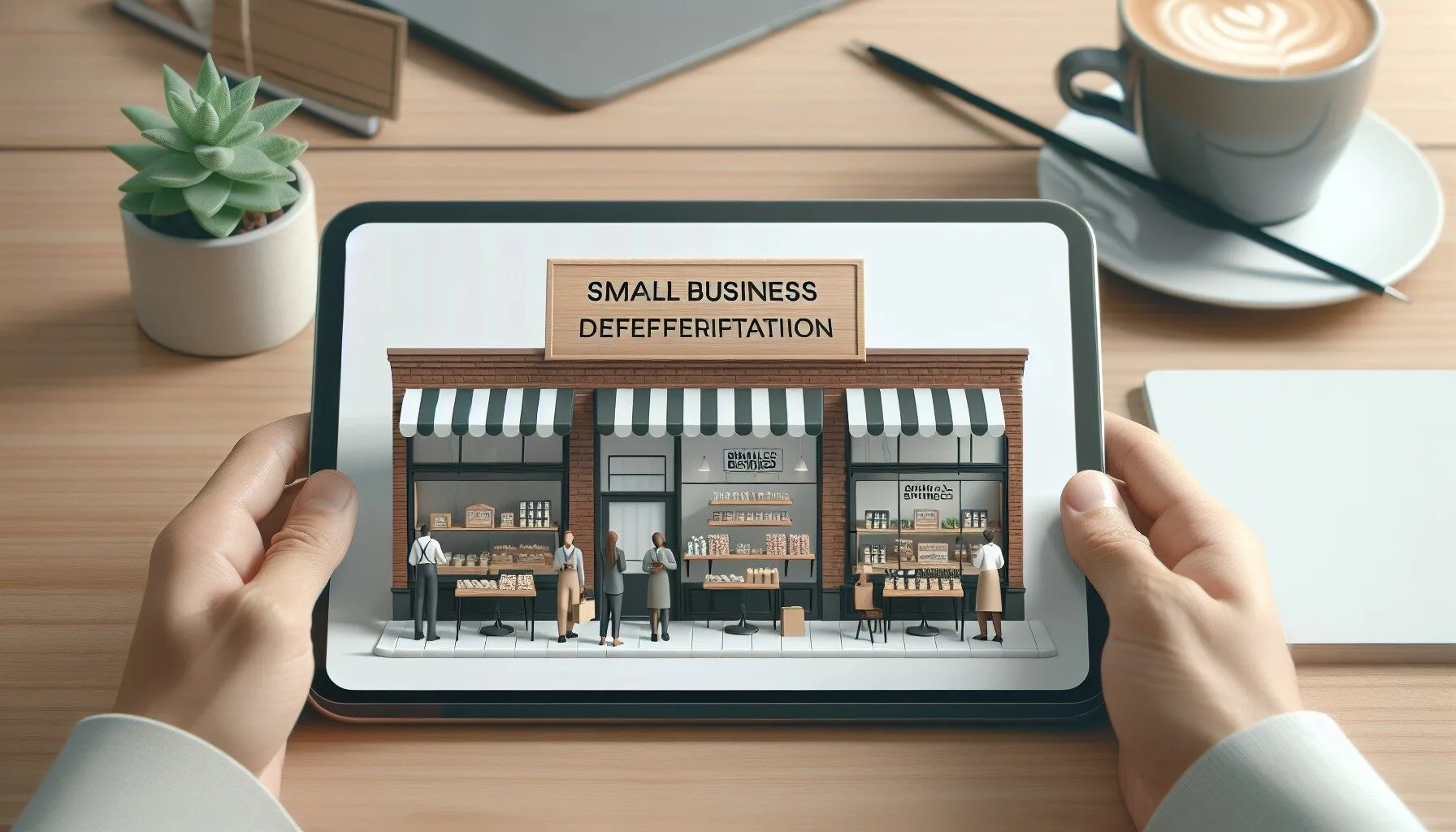Are you struggling to get consistent revenue growth for your local business? A well-planned small business online marketing strategy could be the missing piece of the puzzle. By focusing on proven digital channels like email, social media, SEO, and paid advertising, you can reach more customers and see greater returns on every marketing dollar you invest. Below, you’ll find a simple breakdown of how to align your marketing efforts and nurture steady growth.
Identify your marketing goals
Before you dive into specific tactics, it’s important to know where you want to end up. Do you want to boost sales for a particular product or simply drive more leads to your website? Maybe both. Having clear goals helps you choose the right channels, craft better messages, and measure success effectively.
- Outline your desired outcomes (e.g., 20% revenue growth in three months).
- Pick metrics to measure your progress, such as newsletter sign-ups or website traffic.
- Consider the size of your marketing budget so you can allocate funds to the channels that deliver the best results.
Below is a quick snapshot of how different channels compare in potential ROI, cost range, and benefits:
| Channel | Potential ROI | Average Monthly Cost Range | Key Benefit |
|---|---|---|---|
| $38–$42 per $1 spent | $50–$500 | Direct and personalized | |
| Social | High reach, brand building | Free to paid ads vary | Rapid awareness, community building |
| SEO | Long-term sustainable traffic | Time or agency fees | Steady lead generation |
| PPC (Paid) | Quick, targeted conversions | Pay-per-click, variable | Immediate visibility |
Use email to engage customers
Email marketing is a direct, personal, and budget-friendly way to connect with both new and existing customers. Research shows that for every $1 you invest in email marketing, you can expect up to a $38 to $42 return. That impressive ROI comes from sending targeted messages at the perfect time.
- Segment your email list based on factors like purchase history or engagement level. Companies that segment see up to a 760% boost in revenue.
- Write clear subject lines (adding the recipient’s name can increase open rates by 26%).
- Use automated “trigger” emails, like welcome or thank-you messages, to keep your audience engaged.
If you want more help creating a compelling email campaign, check out small business email strategy for tailored tips.
Harness social media power
Social media platforms can work wonders for brand visibility and community building. More than five billion people worldwide use social media, and they’re hunting for authentic, unique brands to follow. By showcasing your personality and engaging your audience, you stand out against bigger players.
- Share compelling posts and stories that highlight your products, behind-the-scenes content, or customer testimonials.
- Encourage user-generated content (UGC) by asking your followers to post photos or reviews of your products.
- Interact with likes, comments, and direct messages. Quick, friendly responses foster loyalty and can drive word-of-mouth referrals.
Looking to structure your social strategy more deeply? Don’t miss our small business social media strategy guide.
Boost leads with SEO
Search engine optimization (SEO) might sound complicated, but it’s key for long-term growth. Around 53.3% of all website traffic comes from organic searches, and nearly 28% of those who search for a local business end up making a purchase. Optimizing your website helps you show up when customers are actively searching for your offerings.
- Pick relevant keywords for your product or service, then naturally incorporate them into page titles, headers, and meta descriptions.
- Create quality content that addresses common questions or challenges your customers face.
- Pay attention to local SEO tactics, like setting up your Google Business Profile, if you rely on local foot traffic.
For a deeper dive into optimizing your website, have a look at our small business seo strategy.
Grow faster through paid ads
Paid advertising, also known as pay-per-click (PPC), offers immediate visibility. Platforms like Google Ads, Bing Ads, Facebook, and Instagram let you target specific demographics, interests, and behaviors so your ads appear in front of the right audience.
- Set a daily or monthly budget to keep spending under control.
- Use advanced targeting options to reach your ideal customer at the best time and place.
- Track stats like click-through rates (CTR) and conversions to measure success.
When done right, paid ads can supercharge your small business online marketing strategy by bringing in more leads and faster growth. If you want to explore further, check out small business ppc strategy on our site.
Put the plan in action
Each of these channels can support the others to create a well-rounded approach. For instance, social media helps build your audience, email helps you nurture them, SEO makes you discoverable, and paid ads can fill immediate gaps. Consistent revenue growth comes from using these tactics together, then fine-tuning them as you learn what resonates most with your customers.
- Begin by focusing on a single channel and expand once you see results.
- Keep testing different messaging to see what drives engagement.
- Track performance regularly, then optimize your budget and efforts.
If you’d like help pinpointing next steps or uncovering hidden profit leaks, you can schedule a free Marketing Strategy Review. We’ll walk through your current approach, identify opportunities for improvement, and help you map out key growth targets.
Remember, success doesn’t happen overnight, but each small improvement in your marketing strategy can add up to a big difference over time. With consistent effort and a willingness to adapt, you’ll see your revenue transform at a steady, manageable pace. Good luck, and let us know how we can help you along the way!




